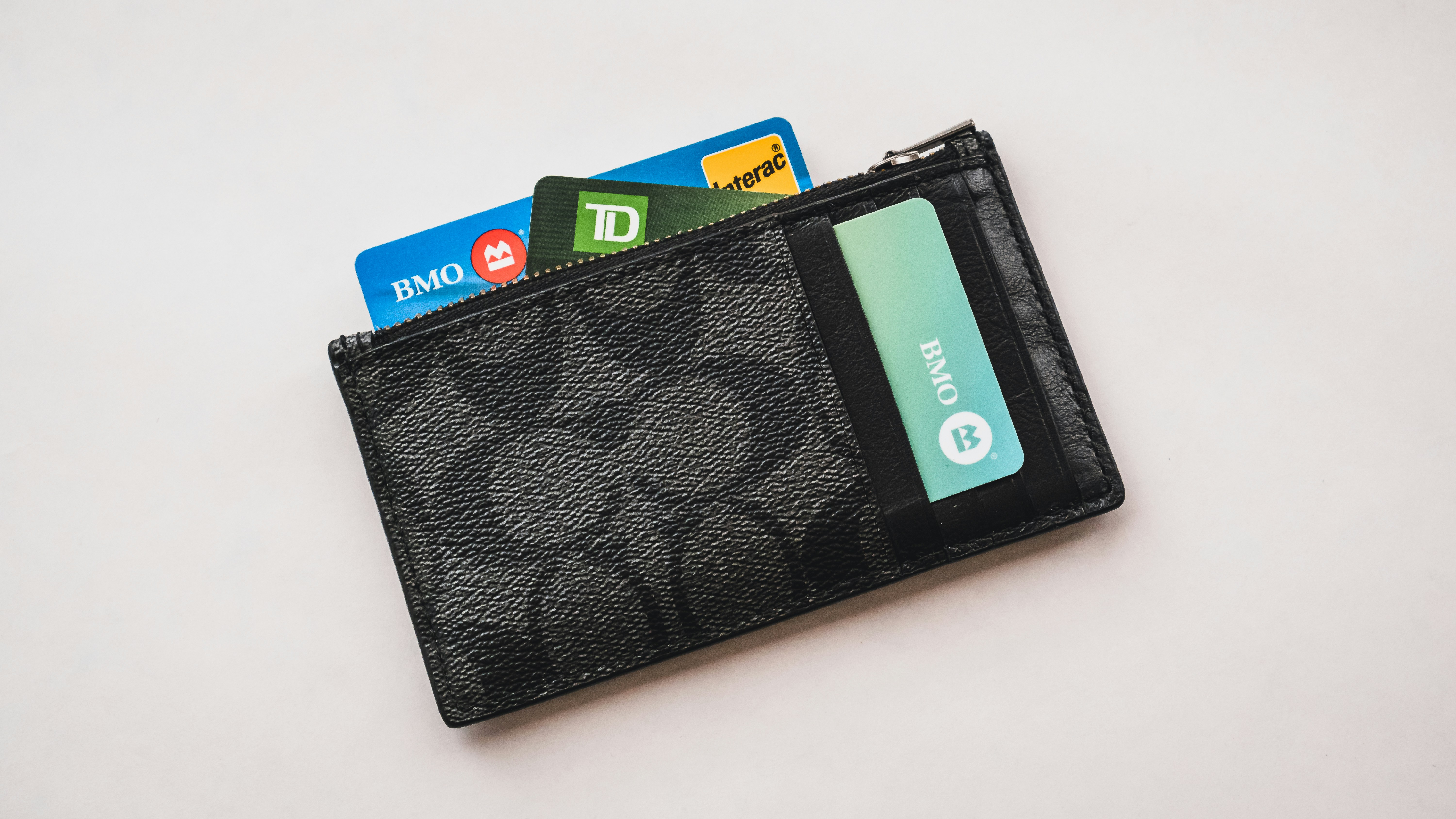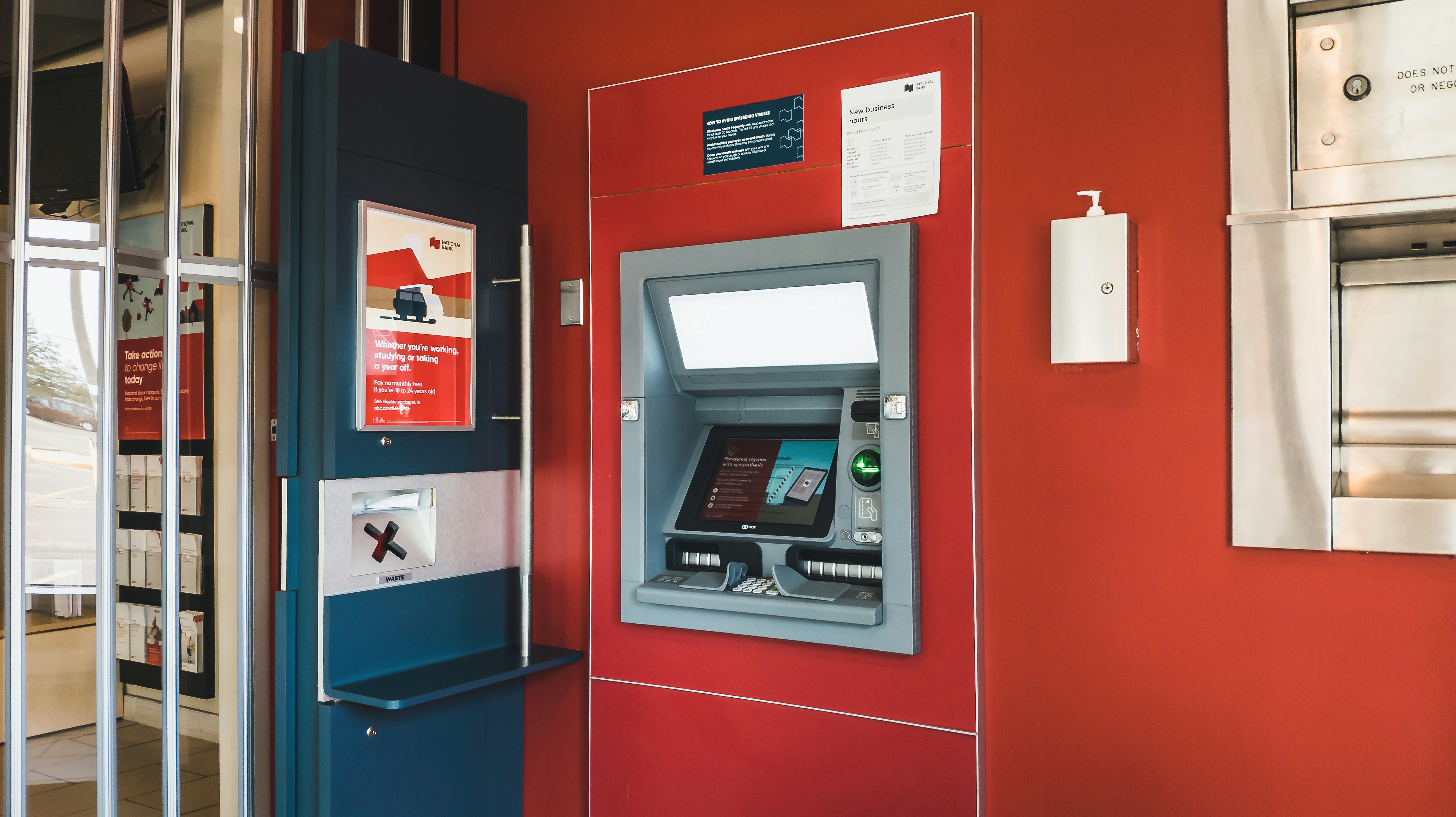Finding Financial Freedom through Debt Consolidation
If you're feeling overwhelmed by multiple debts and struggling to keep up with the monthly payments, debt consolidation could be the solution to your financial troubles. With this approach, you can merge all your debts into a single loan, making it easier to manage your finances and potentially reduce your interest rates. One common method is to secure a personal loan and use it to pay off your existing debts, while another option is to transfer your outstanding balances to a balance transfer credit card with a low introductory interest rate. By understanding how debt consolidation works, you can pave the way to financial freedom and regain control of your monetary situation.
How Debt Consolidation Works
Debt consolidation is a financial strategy that can help you take control of your debts and work towards financial freedom. It involves combining multiple debts into a single loan, making it easier to manage and potentially reducing your interest rates. There are two main methods of debt consolidation: personal loan consolidation and balance transfer credit card consolidation.
Personal Loan Consolidation
One option for debt consolidation is taking out a personal loan. With a personal loan, you borrow a fixed amount of money from a lender, which you then use to pay off your existing debts. This leaves you with only one loan to repay, simplifying your debt management.
The benefits of personal loan consolidation are plentiful. First, by consolidating your debts into a single loan, you can simplify your finances and streamline your payments. Instead of juggling multiple due dates and creditors, you'll only have one monthly repayment to keep track of.
Additionally, personal loan consolidation can potentially lower your interest rates. If you have high-interest debts, such as credit cards or payday loans, consolidating them into a personal loan with a lower interest rate can save you money in the long run. This is especially true if you have a good credit score, as you may be eligible for a lower interest rate.
Balance Transfer Credit Card Consolidation
Another method of debt consolidation is balance transfer credit card consolidation. With this strategy, you transfer your existing debt to a balance transfer credit card that offers a low introductory interest rate.
A balance transfer credit card can be a powerful tool in your debt consolidation arsenal. By taking advantage of a low or zero percent introductory interest rate, you can save money on interest charges and pay down your debt faster. This can be especially beneficial if you have high-interest credit card debt, as it allows you to temporarily pause or significantly reduce the interest that accrues on your balance.
However, it's important to consider the considerations and risks of balance transfer credit card consolidation. The low introductory interest rate is typically only temporary, lasting anywhere from a few months to a year or more. Once the introductory period is over, the interest rate will revert to the card's regular rate, which can be significantly higher. It's crucial to have a solid repayment plan in place and pay off your balance within the introductory period to avoid accruing high interest charges.
Assessing Your Debt Situation
Before diving into the world of debt consolidation, it's essential to get a clear understanding of your debt situation. This involves calculating the total amount of debt you owe, identifying the interest rates and terms of your existing debts, and understanding how much you're currently paying towards your debts each month.
Calculating the total debt amount is relatively straightforward. Simply gather all your credit card statements, loan documents, and other debt-related paperwork, and add up the outstanding balances. This will give you a clear picture of the total amount you owe.
Next, take a closer look at the interest rates and terms of your existing debts. Note down the interest rates for each debt, as well as any additional fees or charges. Understanding these rates will help you determine if consolidating your debts can provide you with a lower overall interest rate.
Finally, assess your monthly debt payments. Calculate the total amount you're currently paying towards your debts each month and compare it to your income and expenses. This will give you an idea of how much you can afford to pay towards a consolidated loan or credit card.
This image is property of images.unsplash.com.
Benefits of Debt Consolidation
Debt consolidation offers several benefits that can make it an attractive option for those struggling with multiple debts.
Simplifying repayment with a single monthly payment
One of the primary benefits of debt consolidation is the ability to simplify your debt repayment. Instead of juggling multiple due dates and creditors, you'll have just one monthly payment to make. This can make it easier to stay organized and ensure that you never miss a payment, improving your overall financial management.
Potentially reducing interest rates
Another advantage of debt consolidation is the potential to reduce your overall interest rates. By consolidating your debts into a single loan or credit card with a lower interest rate, you can save money on interest charges and pay off your debts faster. This is especially true if you have high-interest debts, such as credit cards or payday loans. Lowering your interest rates can also result in lower monthly payments, freeing up more cash flow for other financial goals.
Lowering the total cost of debt
In addition to potentially reducing interest rates, debt consolidation can also lower the total cost of your debts. This is because consolidation often comes with longer repayment terms, allowing you to spread out your payments over a more extended period. While this may result in paying more interest over time, it can lower your monthly payments and make them more manageable. Lowering the total cost of your debt can make a significant difference in your financial situation, especially if you're struggling to keep up with your current payments.
Considering the Pros and Cons
Like any financial decision, debt consolidation comes with both advantages and disadvantages. It's crucial to carefully evaluate the pros and cons before deciding if it's the right choice for you.
Advantages of debt consolidation
- Simplified repayment: As mentioned earlier, consolidating your debts can simplify your repayment process by combining multiple debts into one loan or credit card.
- Potential for lower interest rates: Debt consolidation can potentially lower your interest rates, reducing the overall cost of your debts over time.
- Streamlined financial management: With only one monthly payment to worry about, you can better manage your finances and stay organized.
- Improved credit score: Successfully managing your consolidated debts can positively impact your credit score, especially if you make consistent, on-time payments.
Disadvantages and potential risks
- Potential for higher long-term costs: While debt consolidation can lower your monthly payments, it can potentially increase the total cost of your debts over time. This is because longer repayment terms can result in more interest charges.
- Impact on credit score: Initial debt consolidation may have a temporary negative impact on your credit score. However, as you make consistent payments and reduce your overall debt, your credit score should improve over time.
- Limited access to credit: By consolidating your debts, you may limit your access to new credit. This can make it challenging to secure new loans or credit cards in the future.
- Risk of default: If you fail to make your monthly payments on your consolidated loan or credit card, you may face significant consequences, such as increased interest rates, late fees, and even damage to your credit score.
This image is property of images.unsplash.com.
Choosing the Right Debt Consolidation Method
When it comes to debt consolidation, there are two primary methods to choose from: personal loan consolidation and balance transfer credit card consolidation. Each method has its pros and cons, and it's essential to carefully consider these factors before making a decision.
Comparing personal loans and balance transfer credit cards
Personal loan consolidation involves taking out a new loan to pay off your existing debts. This loan typically comes with a fixed interest rate and repayment term, making it easier to budget and plan for the future. Personal loans are especially beneficial if you have a significant amount of debt and want a structured repayment plan.
On the other hand, balance transfer credit card consolidation involves transferring your existing debt to a new credit card with a low or zero percent introductory interest rate. This method can be advantageous if you have high-interest credit card debt that you want to reduce quickly. However, it's important to consider the length of the introductory period and the potential for the interest rate to increase after that period ends.
Factors to consider in selecting the best option
When choosing the right debt consolidation method, there are several factors you should consider:
- Total debt amount: Evaluate the total amount of debt you have and determine if a personal loan or balance transfer credit card can accommodate that amount.
- Interest rates: Compare the interest rates of potential consolidation options and determine which one offers the most favorable terms.
- Repayment terms: Consider the repayment terms of each option and evaluate if they align with your financial goals and capabilities.
- Fees and charges: Be aware of any fees and charges associated with each consolidation method, such as balance transfer fees or origination fees for personal loans.
- Credit score requirements: Determine if you meet the credit score requirements for personal loans or balance transfer credit cards, as these can vary depending on the lender or credit card issuer.
Seeking professional advice
If you're unsure about which debt consolidation method is right for you, it's always a good idea to seek professional advice. A financial advisor or credit counselor can help you assess your unique financial situation and guide you towards the best consolidation option for your needs. They can also provide valuable insights and guidance on how to effectively manage your consolidated debt and improve your overall financial well-being.
Finding the Right Lender or Credit Card
Once you've decided on the debt consolidation method that suits your needs, it's essential to find the right lender or credit card issuer. Conducting thorough research is crucial to ensure you're working with a reputable institution and securing the best possible terms.
Researching reputable lenders or credit card issuers
Start by researching lenders or credit card issuers that specialize in debt consolidation. Look for companies with a solid reputation and positive customer reviews. Check their credentials and verify their licensing and accreditation, if applicable. This will give you peace of mind knowing that you're working with a trustworthy institution.
Comparing interest rates, fees, and terms
Next, compare the interest rates, fees, and terms offered by different lenders or credit card issuers. Look for competitive interest rates and favorable terms that align with your financial goals. Pay close attention to any additional fees, such as origination fees or balance transfer fees, as these can impact the overall cost of your consolidated debt.
Reading customer reviews and feedback
Finally, take the time to read customer reviews and feedback about the lenders or credit card issuers you're considering. This will give you valuable insights into their customer service, reliability, and overall customer satisfaction. By hearing from others who have used their services, you can make a more informed decision about which lender or credit card issuer to choose.
This image is property of images.unsplash.com.
Applying for Debt Consolidation
Once you've done your research and found the right lender or credit card issuer, it's time to apply for debt consolidation.
Gathering necessary documentation
Before starting the application process, gather all the necessary documentation. This may include recent pay stubs, bank statements, tax returns, and any other financial documents that lenders or credit card issuers may require. Having these documents readily available will streamline the application process and ensure that you provide all the required information.
Completing the application process
The next step is to complete the application process. Depending on the method of consolidation you've chosen, this may involve filling out an online application, visiting a local branch, or contacting a customer service representative over the phone. Be prepared to provide personal and financial information, such as your income, employment history, and outstanding debts.
Waiting for approval and funding
After submitting your application, you'll need to wait for approval and funding. The length of this process can vary depending on the lender or credit card issuer, so be patient. If you're approved for debt consolidation, carefully review the terms and conditions before accepting the offer. Once you've accepted the terms, the lender or credit card issuer will provide the necessary funds to pay off your existing debts.
Monitoring and Adjusting Your Financial Strategy
After successfully consolidating your debts, it's important to monitor and adjust your financial strategy as needed. Here are a few key areas to focus on:
Tracking your new monthly payment
With debt consolidation, you'll now have a single monthly payment to make. It's crucial to track this payment and ensure that it's made on time each month. Consider setting up automatic payments or reminders to avoid any missed or late payments.
Monitoring your credit score and credit utilization
Consolidating your debts can impact your credit score, both positively and negatively. As you make consistent payments towards your consolidated loan or credit card, your credit score should gradually improve. However, it's important to keep an eye on your credit utilization ratio, which is the percentage of your available credit that you're currently using. Aim to keep this ratio below 30% to maintain a healthy credit score.
Making adjustments to your repayment plan as needed
Review your financial situation periodically and assess if any adjustments to your repayment plan are necessary. Perhaps you received a raise at work or have reduced your expenses. Consider allocating any additional funds towards paying down your consolidated debt faster. Conversely, if you're facing financial difficulties, reach out to your lender or credit card issuer for assistance. They may be able to provide temporary relief options or recommend alternative repayment arrangements.
In conclusion, debt consolidation can be an effective strategy for simplifying your debt management and working towards financial freedom. By combining multiple debts into a single loan or credit card, you can streamline your payments and potentially reduce interest rates. Just remember to carefully assess your debt situation, weigh the pros and cons, choose the right consolidation method, find a reputable lender or credit card issuer, and monitor and adjust your financial strategy as needed. With the right approach and diligence, debt consolidation can be a valuable tool in your journey towards a debt-free and financially secure future.
This image is property of images.pexels.com.



Comments
Post a Comment